Nestled in the heart of South Africa, Kruger National Park offers an unparalleled safari experience that draws nature enthusiasts from around the world. With its rich biodiversity, stunning landscapes, and an array of activities to suit every traveler, Kruger is a must-visit for anyone seeking adventure and immersion in nature. This article outlines ten unforgettable experiences you simply can’t miss when exploring this iconic park.
1. Embark on a Classic Safari Adventure
No visit to Kruger National Park is complete without experiencing a classic safari. Join a guided game drive to explore the park’s vast wilderness and encounter the “Big Five” — lions, leopards, elephants, rhinos, and buffalo. With knowledgeable rangers leading the way, you’ll gain insights into the park’s ecosystem and the habits of its inhabitants.
Tips for a Successful Safari
To make the most of your safari, consider an early morning or late afternoon drive when wildlife is most active. These times offer the best chances of spotting animals as they engage in daily routines like hunting and grazing. Remember to bring binoculars and a camera to capture those memorable moments of wildlife photography, ensuring you don’t miss any action. Additionally, wearing neutral-colored clothing can help you blend into the environment, minimizing disturbance to the wildlife.
Choosing the Right Safari
When planning your safari, consider the type of vehicle that suits your needs. Open safari vehicles provide an unobstructed view and a closer connection to nature, while closed vehicles offer more protection from the elements. Each option has its advantages, so think about your comfort and preferences. Additionally, private safaris can offer a more personalized experience, allowing you to focus on specific interests or wildlife.
Understanding the Big Five
The Big Five are not just iconic animals; they hold a special place in the hearts of safari-goers. Each member of the Big Five has unique characteristics and behaviors that make them fascinating to observe. Learn about the conservation efforts in place to protect these majestic creatures and how your visit contributes to their preservation. Understanding the challenges they face can deepen your appreciation for these animals and the ecosystem they inhabit.
2. Stay at a Kruger National Park Lodge
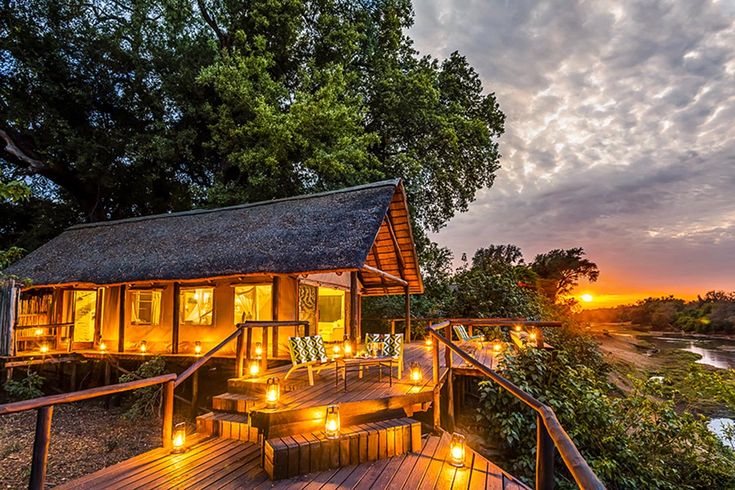
Choosing the right place to stay can greatly enhance your Kruger experience. The park has a range of lodging options, including affordable campsites and opulent lodges. Staying within the park allows you to immerse yourself in the natural surroundings and enjoy the convenience of early game drives.
Recommended Lodges
- Singita Lebombo Lodge: Known for its stunning architecture and panoramic views, Singita Lebombo Lodge offers a luxurious escape. The lodge is designed to blend seamlessly with its surroundings, providing guests with an immersive experience. Enjoy world-class cuisine and unparalleled service while overlooking the N’wanetsi River.
- The luxury and environmentally conscious Sabi Sabi Earth Lodge prioritizes sustainability without sacrificing comfort. Guests can enjoy spacious suites, a private plunge pool, and rejuvenating spa treatments. The Earth Lodge is renowned for its innovative design and commitment to preserving the environment.
- Skukuza Rest Camp: Ideal for budget-conscious travelers, Skukuza Rest Camp provides convenient access to Kruger’s main attractions. The camp offers a range of accommodations, from safari tents to bungalows, ensuring a comfortable stay for all budgets. Enjoy amenities like a swimming pool, restaurant, and shop, making it a perfect base for exploration.
Unique Accommodation Options
For those seeking a unique experience, consider staying in a treehouse or a tented camp. Treehouses offer a novel way to connect with nature, providing elevated views and a chance to sleep under the stars. Tented camps combine the thrill of camping with the comforts of a lodge, offering cozy accommodations with a touch of adventure.
Booking Tips and Recommendations
When booking your stay, consider the location of your lodge or camp within the Kruger National Park. Proximity to popular game-viewing areas can enhance your experience by reducing travel time. Booking well in advance is recommended for Kruger National Park, especially during peak seasons, to secure your preferred accommodation. Additionally, inquire about special packages or promotions that may offer additional value during your stay.
3. Explore the Wilderness on a Walking Safari in Kruger National Park
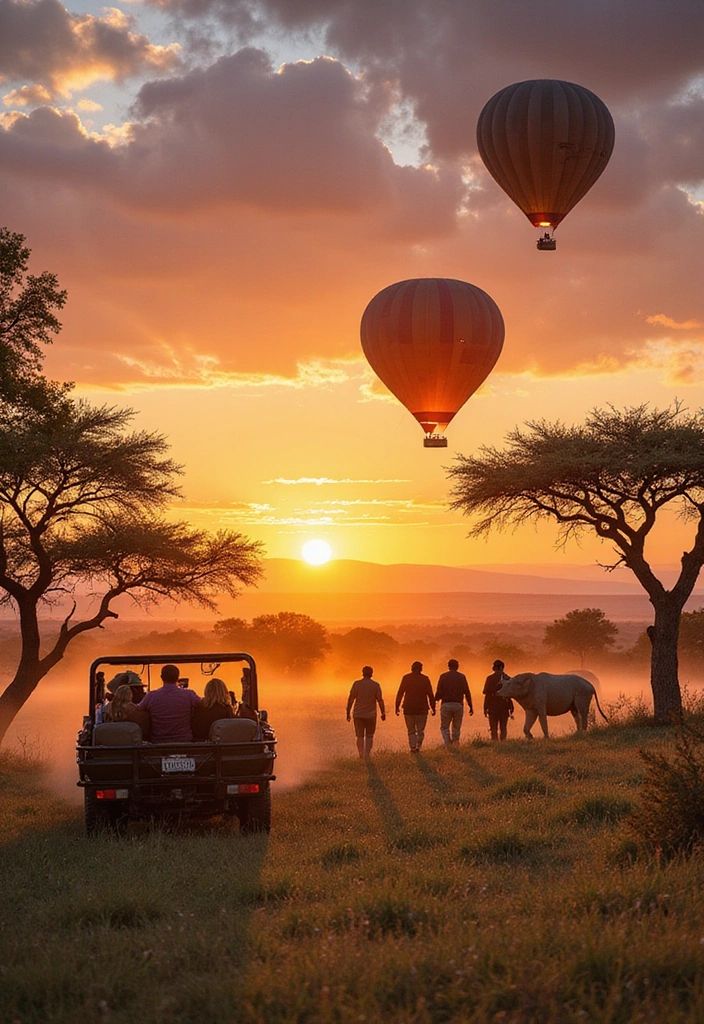
A walking safari is the best option for individuals looking for a closer encounter with the natural world in Kruger National Park. Guided by armed and experienced rangers, walking safaris allow you to explore the park’s flora and fauna up close, and possibly spot smaller creatures that are often missed during vehicle safaris.
Safety Precautions
Always adhere to your guide’s instructions and maintain a safe distance from wildlife in Kruger National Park. Walking safaris offer a unique perspective on Kruger’s ecosystem, emphasizing the importance of conservation and respect for nature. Guides are trained to ensure your safety while providing insights into animal behavior and the park’s ecology.
Benefits of Walking Safaris
Walking safaris offer a sensory experience that is different from game drives. As you explore, feel the ground beneath your feet and listen to the bush’s delicate sounds. This slower pace allows for a deeper connection with the environment and a chance to observe details often missed from a vehicle. Walking also provides opportunities to learn about the smaller, equally fascinating aspects of the ecosystem, such as insects and plants.
Preparing for Your Adventure
Before embarking on a walking safari in Kruger National Park, ensure you are dressed appropriately. Bring a hat and sunscreen to protect yourself from the sun, and wear sturdy, comfortable shoes. The best attire is light, breathable, and neutral in hue. Bring a small backpack with essentials like water, snacks, and a field guide or notebook for jotting down observations or questions.
4. Discover the Thrill of Night Drives
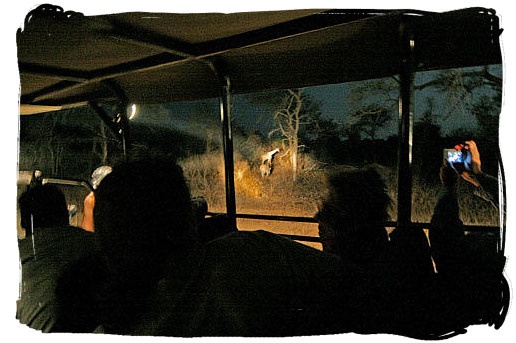
Night drives in Kruger National Park present a completely different perspective of the wilderness. As darkness falls, the park comes alive with nocturnal creatures that are rarely seen during daylight hours. Guided by expert spotters, you’ll have the chance to see elusive animals like hyenas, bushbabies, and even leopards.
What to Expect
After duskin Kruger National Park, it might get chilly, so wear warm clothing. Flashlights and spotlights are typically provided by the tour operators, enhancing your chances of spotting wildlife. The silence of the night is occasionally broken by the calls of nightjars or the distant roar of a lion, adding to the mystique of the experience.
The Magic of Nocturnal Wildlife
A new aspect of Kruger National Park environment is revealed during night drives. During the night, many animals are more active and hunt or forage. Spotting these creatures requires patience and a keen eye, as they blend seamlessly into the dark landscape. The challenge of spotting wildlife by moonlight or with spotlights adds an element of excitement to your safari.
Capturing Nighttime Memories
Photography at night presents unique challenges and rewards. Using a camera with a good low-light performance can yield stunning results. Experiment with different settings to capture the atmosphere of the night, from the soft glow of the moon to the piercing eyes of a leopard. Remember to respect the animals and avoid using flash, which can disturb their natural behavior.
5. Visit the Iconic Panorama Route
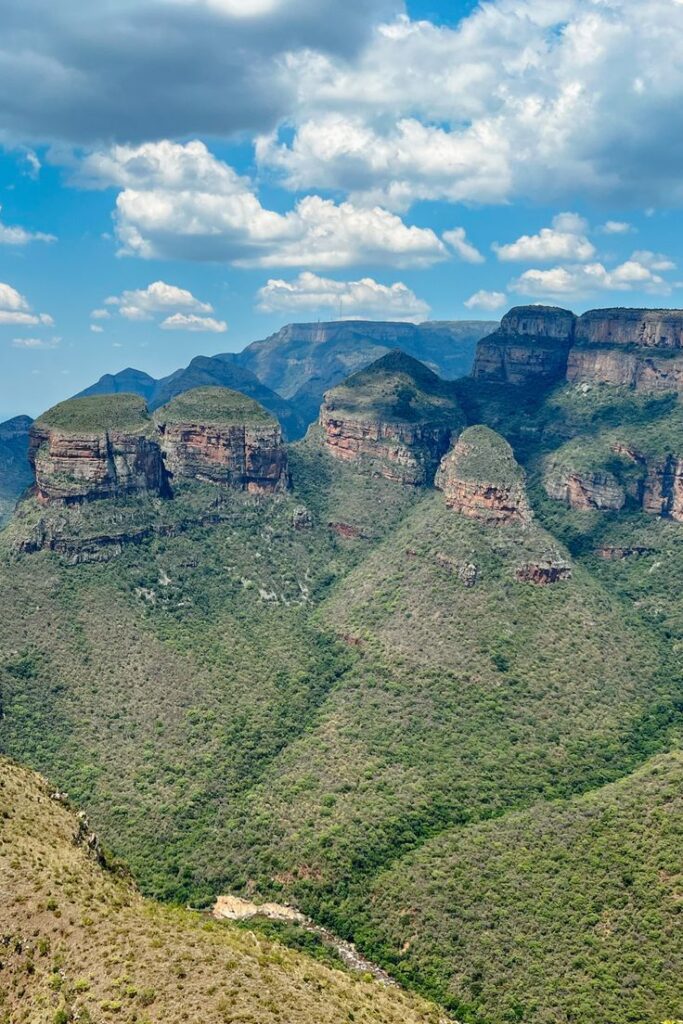
Although not within the Kruger National Park itself, the nearby Panorama Route is a must-visit for stunning landscapes and breathtaking views. Highlights include the Blyde River Canyon, God’s Window, and Bourke’s Luck Potholes. This scenic drive is perfect for a day trip and offers numerous photo opportunities.
Exploring the Blyde River Canyon
The Blyde River Canyon is one of the largest canyons in the world, offering dramatic landscapes and a variety of viewpoints. Its high cliffs and verdant surroundings make for a magnificent setting for reflection and photography. Hiking trails within the canyon allow for exploration of this natural wonder, offering a closer look at its geological formations.
God’s Window: A View to Remember
God’s Window is famous for its sweeping views across the Lowveld. On clear days, you can see as far as the Kruger National Park and beyond. The viewpoint is surrounded by lush vegetation and offers a tranquil spot to reflect on the beauty of nature. Be sure to take a leisurely stroll along the nearby walking paths to discover additional perspectives.
The Geological Wonders of Bourke’s Luck Potholes
Bourke’s Fortune Potholes are fascinating rock formations created by the turbulent waters of the Treur and Blyde Rivers. Over time, these waters have carved deep cylindrical potholes into the rock bed, creating a natural sculpture garden. Interpretive trails and bridges allow visitors to explore and learn about the geological processes that formed this unique landscape.
6. Engage in Wildlife Photography
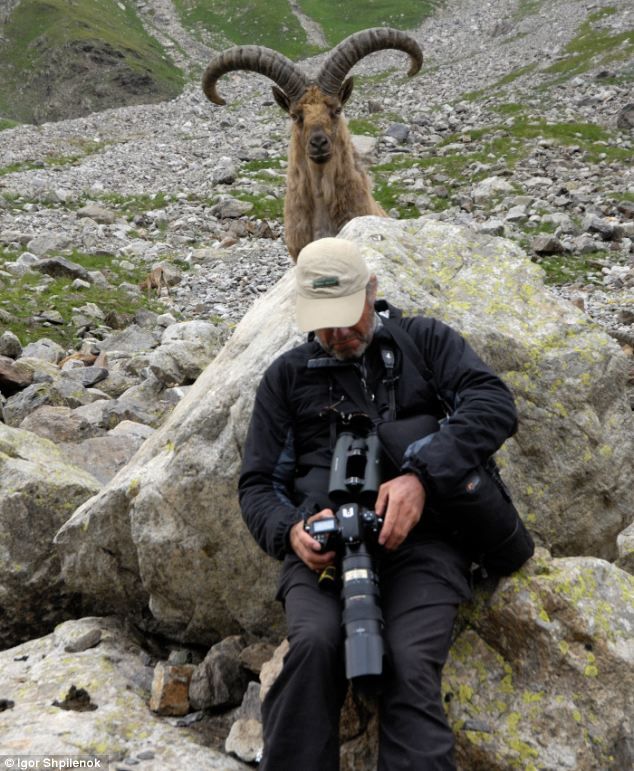
Kruger National Park is a photographer’s paradise, offering endless opportunities for capturing the beauty of the African wilderness. Whether you’re a professional photographer or an amateur enthusiast, the park’s diverse landscapes and wildlife make it an ideal setting for honing your skills.
Photography Tips
- Use a Telephoto Lens: To capture distant animals, a telephoto lens is essential. It allows you to photograph wildlife without disturbing them, maintaining a respectful distance. Try varying the focal length to take close-up photos of animals as well as expansive landscapes.
- Optimal Lighting Conditions: Early morning and late afternoon provide the best lighting conditions, known as the golden hours. The soft, warm light enhances colors and creates dramatic shadows, adding depth to your images. Be patient and wait for the perfect light to capture stunning photographs.
- Patience and Respect: Wildlife photography requires patience and a deep respect for the animals’ space. Spend time observing your subjects and waiting for the right moment to capture their natural behavior. Avoid chasing or disturbing animals, as ethical photography practices ensure a sustainable experience for both humans and wildlife.
The Art of Composition
Composition plays a crucial role in wildlife photography in Kruger National Park. To produce visuals that are both balanced and aesthetically pleasing, take into account the rule of thirds. Leading lines, such as roads or rivers, can guide the viewer’s eye through the photograph. Try a variety of viewpoints and angles to see which composition best suits your subject.
Capturing the Essence of Kruger
Focus on capturing the spirit of Kruger’s varied ecology rather than just specific creatures. Photograph the interplay between species, the textures of the landscape, and the dramatic skies that often accompany the African wilderness. These elements combine to tell a story of the park’s unique environment and the life it sustains.
7. Experience the Rich Cultural Heritage
Beyond its natural wonders, Kruger National Park is rich in cultural history. Kruger National Park is home to several archaeological sites, including Masorini and Thulamela, which offer insights into the region’s ancient civilizations. Guided tours provide a deeper understanding of the cultural heritage and historical significance of these areas.
Discovering Masorini
Masorini is an iron-age site that offers a glimpse into the lives of early African communities. The reconstructed village showcases traditional iron smelting techniques, tools, and pottery. Guided tours provide insights into the daily lives of the people who once inhabited this area, highlighting their resourcefulness and adaptability.
The Enigmatic Thulamela
Thulamela is a stone-walled site that dates back to the 15th century. It is believed to have been a thriving settlement and trading center, with connections to other African civilizations. The site offers a fascinating look at the architectural ingenuity and social organization of its inhabitants. Exploring Thulamela reveals stories of trade, culture, and the interconnectedness of past societies.
Cultural Experiences Beyond the Park
In addition to archaeological sites, the region surrounding Kruger National Park is rich in cultural experiences. Visit local communities to learn about contemporary African culture, traditions, and crafts. Engage with local artisans, participate in traditional dances, or enjoy authentic cuisine, gaining a deeper appreciation for the cultural diversity of the area.
8. Enjoy Bird Watching
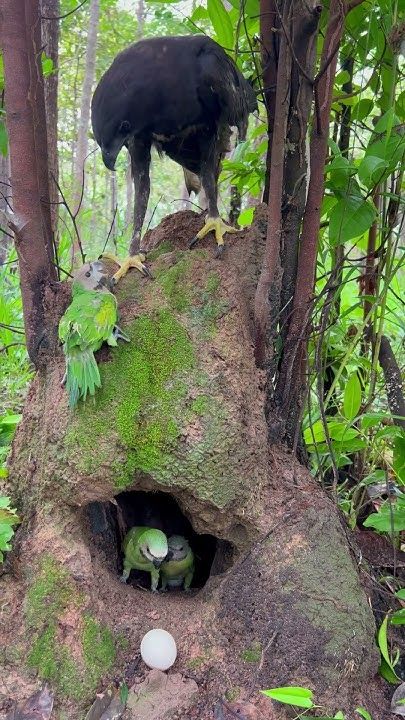
For bird enthusiasts, Kruger National Park is a treasure trove of avian diversity. With over 500 bird species recorded, including the rare Southern Ground Hornbill and the elegant African Fish Eagle, the park offers exceptional birdwatching opportunities.
Birdwatching Hotspots
- Pafuri Region: Known for its diverse birdlife, the Pafuri region is a birdwatcher’s paradise. The area is home to species like the Pel’s Fishing Owl and the Narina Trogon. The varied habitats, from riverine forests to floodplains, attract a wide range of birds, making it a must-visit for enthusiasts.
- Letaba River: The Letaba River offers sightings of waterbirds and raptors, providing a dynamic birdwatching experience. The riverbanks are frequented by herons, kingfishers, and fish eagles, while the surrounding savannah hosts raptors like the Bateleur and Martial Eagle.
- Lower Sabie: Popular for spotting migratory species, Lower Sabie is a hotspot for birdwatching. The area’s diverse habitats attract a variety of species, from bee-eaters and rollers to storks and vultures. Birds from all over the region are drawn to the Sabie River, which acts as a lifeline.
Essential Birdwatching Gear
To enhance your bird watching experience, equip yourself with essential gear. To see birds from a distance, a decent set of binoculars is essential. A field guide specific to the region can help identify species and provide valuable information about their behavior and habitat. Consider bringing a notebook or a digital app to record sightings and notes.
Capturing Avian Beauty
Photographing birds requires patience and quick reflexes. Use a telephoto lens to capture details from afar, and practice focusing on fast-moving subjects. Take note of the background and lighting to create visually appealing images. Capturing birds in flight or engaging in natural behaviors adds dynamism to your photography.
9. Compare Kruger National Park with Hwange National Park
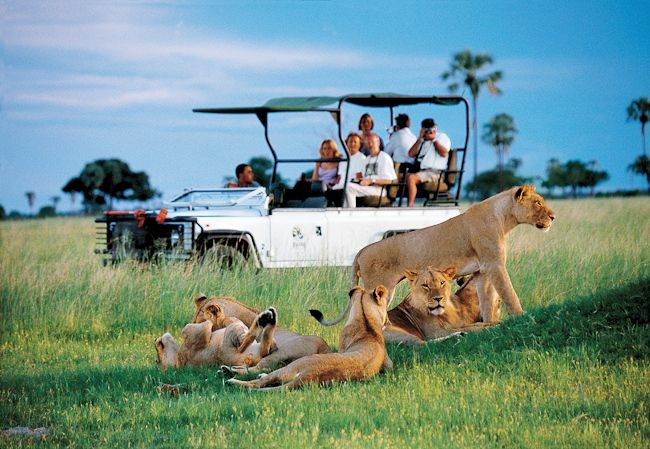
While Kruger National Park is renowned for its vastness and variety, nearby Hwange National Park in Zimbabwe also offers a unique safari experience. Comparing the two parks can provide insights into different ecosystems and wildlife viewing opportunities. Each park has its own charm, and visiting both can offer a comprehensive Southern African safari experience.
The Diversity of Kruger
Kruger National Park is vast, with a wide range of habitats from savannahs to woodlands. This diversity supports an impressive array of wildlife, including the Big Five and numerous bird species. The park’s well-developed infrastructure and variety of accommodations make it accessible for all types of travelers.
Hwange’s Unique Ecosystem
Hwange National Park is renowned for its varied fauna and sizable herds of elephants. The park’s water holes are a great place to see games because they draw a lot of animals. Hwange’s landscape is characterized by open grasslands and seasonal wetlands, offering a different perspective on African wildlife.
Complementary Experiences
Visiting both Kruger National Park and Hwange provides a comprehensive understanding of Southern Africa’s wildlife and ecosystems. Each park offers unique experiences, from Kruger’s bustling game drives to Hwange’s serene waterhole observations. Comparing the parks highlights the region’s ecological diversity and the importance of conservation efforts across borders.
10. Navigate the Park with Ease
Planning a trip to Kruger National Park requires an understanding of its layout. The park’s extensive road network is best navigated with a Kruger National Park map, available at entrance gates and visitor centers. Maps highlight key routes, campsites, and points of interest, ensuring you don’t miss any of the park’s highlights.
Planning Your Itinerary
Consider the park’s size when planning your itinerary. Prioritize regions based on your interests, whether it’s the lush landscapes of the south or the remote wilderness of the north. Allocate sufficient time for each area, allowing for leisurely exploration and spontaneous wildlife encounters.
Utilizing Technology for Navigation
Modern technology can enhance your navigation experience. GPS devices and mobile apps provide real-time information on routes, wildlife sightings, and park facilities. These tools can help you make informed decisions and adjust your plans as needed, ensuring a smooth and enjoyable visit.
Tips for a Seamless Visit
To navigate the park with ease, familiarize yourself with the rules and regulations before arrival.Respecting posted speed limits and approved routes keeps both tourists and wildlife safe. Carry sufficient supplies, such as water and snacks, especially in remote areas. Keeping an eye on fuel levels and planning refuels in advance is essential for a worry-free adventure.
Conclusion
Kruger National Park offers a wealth of experiences that cater to all types of travelers. The park offers life-changing experiences whether you are looking for adventure, leisure, or a closer relationship with nature. From thrilling game drives to serene birdwatching and cultural exploration, Kruger’s diverse offerings ensure that every visitor leaves with cherished memories. Set out to visit Kruger National Park. and discover the magic that awaits in this iconic African wilderness.
How big is Kruger National Park?
Kruger National Park spans over 19,000 square kilometers, making it one of Africa’s largest game reserves. It stretches over 350 kilometers from north to south and offers a variety of habitats for wildlife.
Are there guided tours available at Kruger National Park?
Yes, Kruger offers guided safari tours led by professional guides. These tours provide expert knowledge of the wildlife, plants, and ecosystems. You can book a half-day, full-day, or night safari, depending on your preferences.
Is it safe to visit Kruger National Park?
Yes, Kruger is generally safe for tourists. However, as with any wildlife reserve, safety precautions must be followed, such as staying in your vehicle during a safari, not approaching animals, and following park guidelines.
Are there accommodations inside Kruger National Park?
Yes, Kruger has a wide range of accommodations, including rest camps, lodges, and campsites. Options range from basic self-catering units to luxury safari lodges, catering to different budgets.
Are there any luxury safari options in Kruger National Park?
Yes, Kruger offers several luxury lodges and camps with all-inclusive services. These provide top-notch accommodations, gourmet meals, and private guided safaris for a more intimate and exclusive experience.
